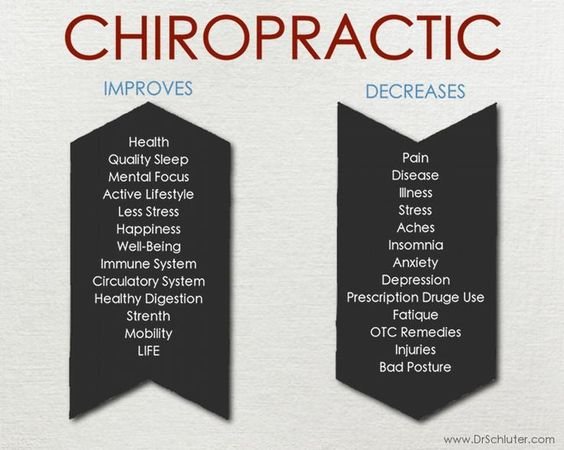Examine The True Sources Of Your Pain In The Back And Take Initiative In Managing Your Well-Being
Examine The True Sources Of Your Pain In The Back And Take Initiative In Managing Your Well-Being
Blog Article
Written By-Cannon Eason
If you're experiencing pain in the back, your body could be attempting to tell you something greater than simply pain. The way your back really feels can give important clues regarding your total well-being. Comprehending the particular type of discomfort you're feeling and any coming with symptoms is key to deciphering the mystery behind your discomfort. Allow's discover the typical conditions and signs associated with various kinds of pain in the back to clarify what your body may be signaling.
Types of Back Pain
When it involves back pain, there are various types that you might experience. One usual type is muscle mass discomfort, usually triggered by overuse, stress, or injury to the muscular tissues and ligaments supporting the spinal column. This sort of discomfort can vary from moderate discomfort to extreme and incapacitating discomfort.
An additional type is nerve pain, which can arise from problems like herniated discs or sciatica. Nerve pain usually provides as a sharp, shooting experience that emits down the leg.
Joint pain in the back can come from concerns like joint inflammation or sacroiliac joint disorder. This kind of pain is generally really felt in the lower back and can be aggravated by certain motions.
In addition, neck and back pain can be related to architectural issues such as spine constriction or vertebral cracks. Comprehending the sort of pain in the back you're experiencing is crucial in establishing the proper treatment and administration techniques.
Common Manifestations to Watch For
Moving beyond the various sorts of pain in the back, it is very important to acknowledge the common signs that can signify underlying issues.
Relentless back pain that worsens with motion or during the night could indicate a much more significant trouble. Feeling numb or tingling in the legs or feet, specifically when accompanied by weak point, could point to a nerve-related problem. If you experience abrupt weight loss in addition to pain in the back, it could be an indicator of a more systemic problem.
Take note of any type of adjustments in bladder or bowel feature, as this could be connected to spinal cord compression. High temperature, chills, or night sweats combined with back pain might indicate an infection. Keep an eye out for pain that emits down one or both legs, potentially a measure of sciatica.
Health Conditions Linked to Back Pain
If you experience back pain, it's essential to comprehend the possible health and wellness conditions linked to this discomfort. Pain in the back can be a signs and symptom of numerous underlying issues, including muscle pressures, herniated discs, osteoarthritis, spinal constriction, and also conditions like kidney rocks or infections.
Muscle pressures are common and usually arise from raising hefty things or unexpected movements.
Herniated discs happen when the soft cells between vertebrae protrudes, causing nerve irritability.
Osteoarthritis, a degenerative joint disease, can lead to back pain as cartilage material wears down.
Back constriction, the constricting of the back canal, can put pressure on nerves.
relevant webpage may cause extreme neck and back pain if they relocate into the urinary tract.
https://www.ecmc.edu/ecmc-medical-minute-dr-lindsey-clark-sciatica-101821/ like spinal osteomyelitis can likewise manifest as pain in the back. Understanding these prospective health conditions can help you seek appropriate medical care and monitoring for your back pain.
Verdict
So, next time your back injures, focus on the sort of pain and coming with signs and symptoms. Maybe a signal from your body regarding underlying health conditions like muscle strain, nerve problems, joint troubles, and even architectural problems. By acknowledging these indications, you can take proactive steps to attend to the root cause of your pain in the back and improve your total health and wellness and health.
